OneShift Buyers’ Guide For The 10th Generation Toyota Corolla Altis (E140)
OneShift supplies the documentation for one of the most bang for buck used cars in Singapore.


Toyota Corolla Altis overview
More than 50 million Corollas were sold since the mid 60s over 12 generations - a feat only Toyota can muster, surpassing (and doubling) even the Volkswagen Beetle. It was the world’s best selling car in the mid 70s, an achievement befitting its name, Corolla, which means “small crown” in Latin. The kingpin’s familiarity has never wavered, despite adopting multiple names like Sprinter (a joint project between Toyota and General Motors), Auris (a popular hatchback variant in the West) and Allion (for the Chinese market) amongst others.
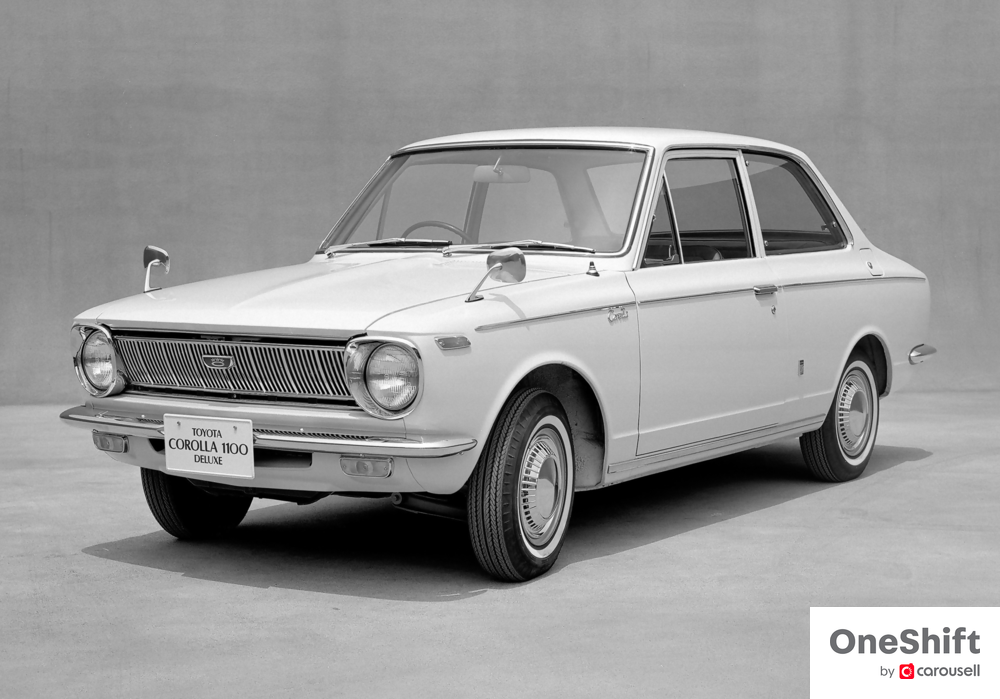
It all started with the first-gen Corolla codenamed E10, when it was launched at a Japanese dealership against all odds. Massive risks were taken by betting on the rise of private car ownerships in the mid 60s. One need not consult the crystal ball again to predict what ensued.
Early generations of Corolla were rear-wheel drive until the 5th generation, before swapping to front wheel drive (and all-wheel drive for some markets, including USA). Carburetor-equipped versions of the Corolla were retired from the 7th-gen / early 90s Corollas.
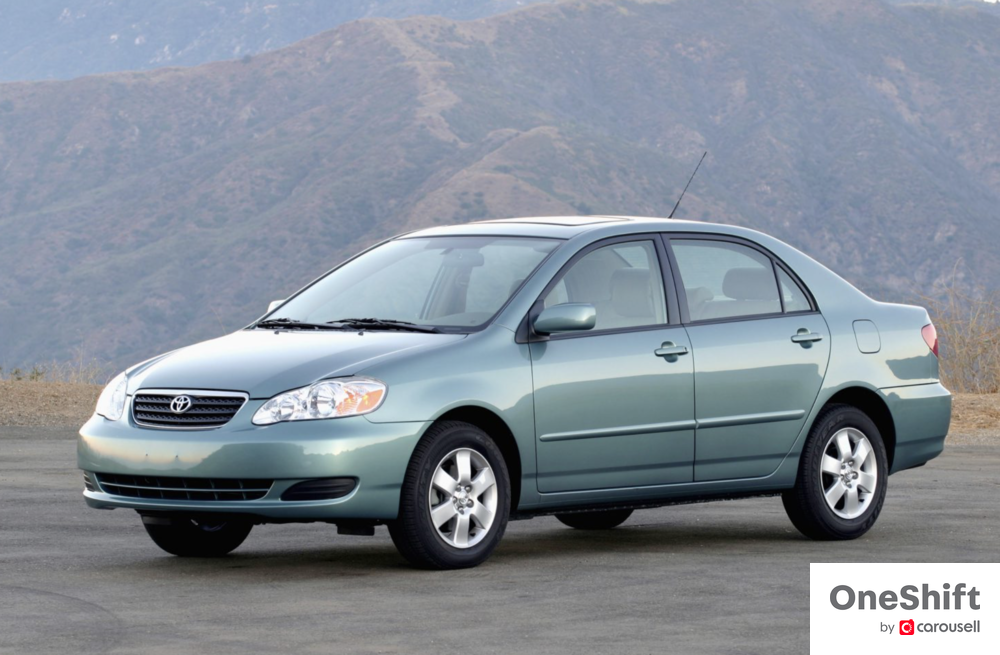
The Altis nameplate was introduced from the 9th generation onwards, after the turn of the millennium from 2001. Southeast Asia, India and Taiwan were introduced to the Corolla Altis badging, while the rest of the world retained just the Corolla name primarily for branding purposes.
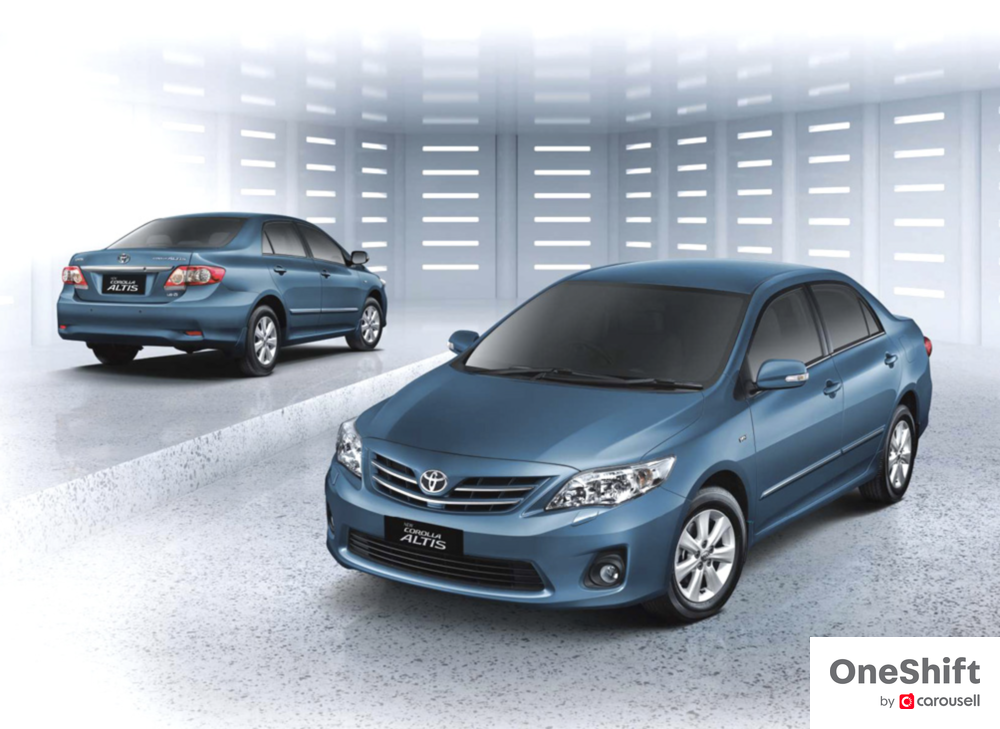
10th Generation Toyota Corolla Altis (E140) overview
While the 10th-gen Altis was codenamed E140 in Singapore, it was used interchangeably with the E150 codename. The E140 was based on the previous generation Corolla’s platform, while the chassis found on E150s was used on Corollas until 2019. Narrow-bodied E140 Corollas were called the Axio, while “widebody” Corollas retained the Altis moniker at least in Singapore.
Engine options range from a 1.3-litre, all the way up to a rather mouthwatering 158bhp, 2.4-litre variant labelled as the XRS, sold in the States. There were even turbo diesel-equipped E140s, primarily for India’s market. Customers could opt for a basic 5-speed manual, right through a lesser-known 6-speed semi-automatic, although an Altis sold in your country is locally-specced to suit specific driving conditions.

What about the Singapore market?
Singapore received the 10th-gen Altis at the tail end of 2007, the first Asian market to do so. Two engine options were offered - 1.6 and 1.8-litre naturally aspirated motors that also powered its predecessor. Both were equipped with 4-speed automatics. It was interesting to discover that although the higher powered 1.8-litre unit gathered 9 bhp more than the 1.6-litre variant (130 bhp vs 121bhp), it achieved slightly better fuel economy at 12.9 km/l (versus the 1.6’s 12.8 km/l).
Facelift models rolled out from 2010 onwards, featuring dual VVT-i technology that helped in performance and efficiency. Toyota retained the 4-speed automatic for the 1.6-litre, but adopted a new “7-speed” CVT for the 1.8-litre variant.
3 trim levels (Classic, Elegance and Sportivo) over a price spectrum of S$6k allowed customers to spec their preferred Altis. Top-spec “Elegance” trim had bluetooth, sat-nav, a touchscreen DVD player and reverse camera, while “Sportivo” referred to “Classic” spec with a bodykit. As mentioned above, the Axio was sold alongside the Altis - local parallel importers brought in the “narrow-bodied” E140-based Axio, with some being deployed as taxis.
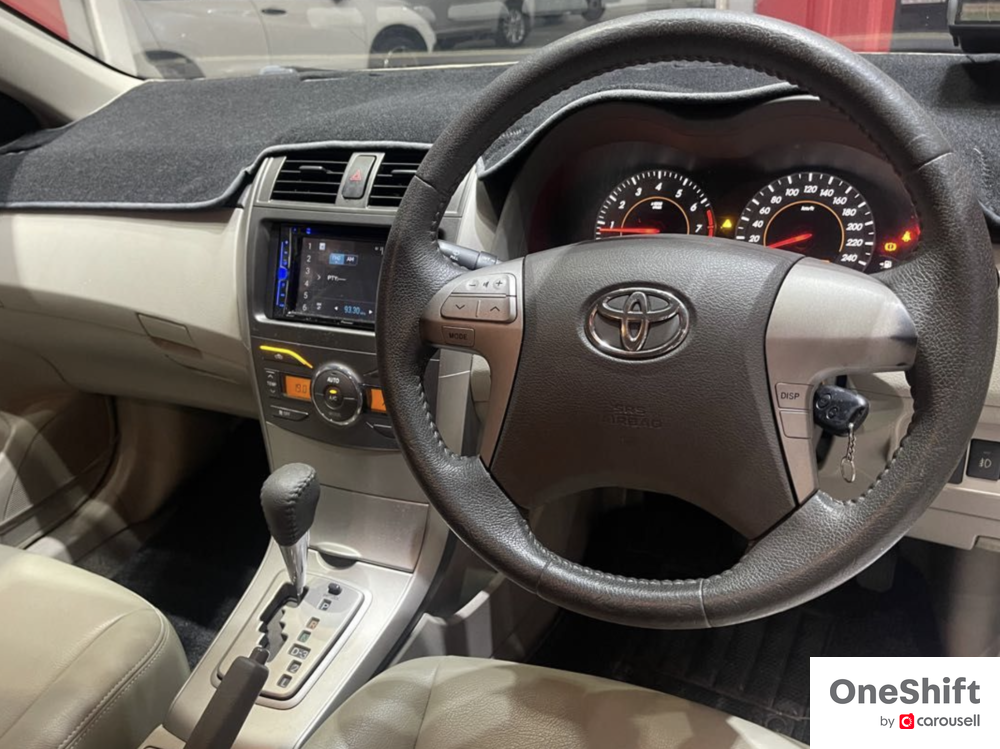
What to look out for: Engine & Gearbox
Toyotas might be bulletproof, but that doesn't mean it can survive irregular servicing intervals. Most users change engine oil and accompanying oil filter every 15,000km, while fluid for the gearbox should be replaced every 100,000km at the minimum. If you’re after a facelift, dual VVT-i equipped E140, watch out for piston rings that could give way, leading to oil dripping into the combustion chamber. If you encounter a “Check Engine Light” issue, it could also refer to the water pump, which is known to leak prematurely. Monitor the ignition coils too, because it could wear out and cause misfiring or idling issues.
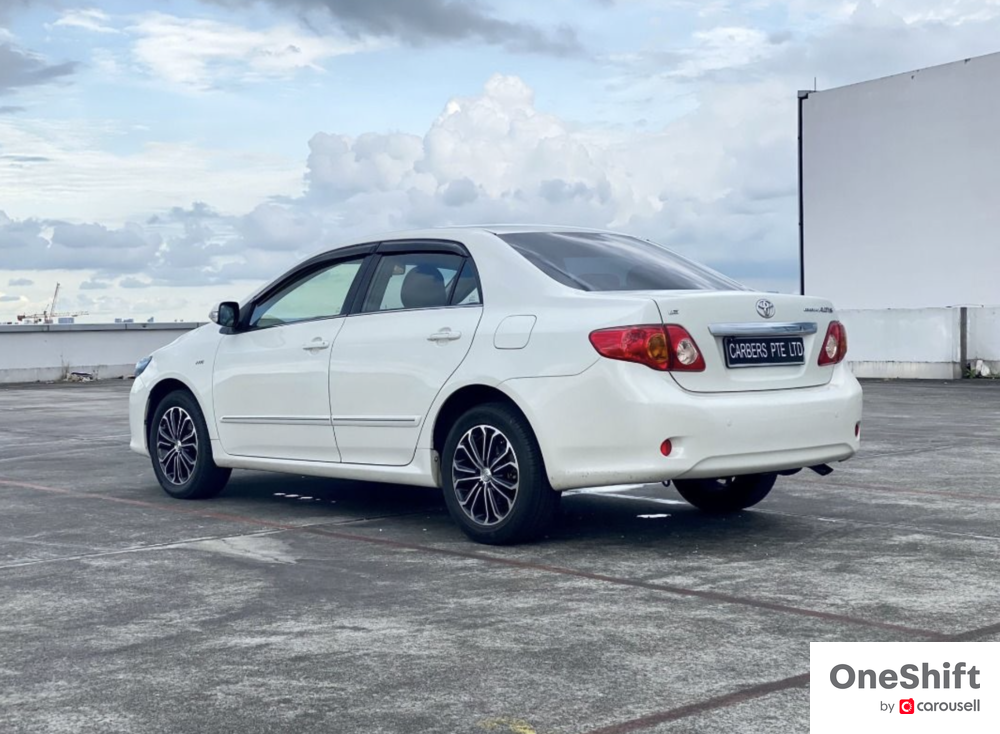
Suspension & Brakes
If you hear clunking noises when going over bumps, that could be due to wear on the strut mounts. It’s highly recommended to replace them every 130,000km, as handling will be compromised - it would trickle down to unwanted vibrations on the steering column and a less precise feel overall. Some owners even recorded electric power steering and starter motor problems as a result of bad struts. Monitor for wear on brake rotors as well.

Bodywork & Interior
Remember the notorious Takata airbag saga? That affected several Altis from 2009 to 2013, so be sure to check if this issue was resolved. Another less major recall affected Altis from 2009 to 2011, which impacted the power window master switch - electrical contacts could melt due to improper protection against moisture.
Experienced a musty smell during your test drive? That can be mould growing in the air conditioner’s moist evaporators. Although Toyota rectified it by issuing service bulletins for a new sub-assembly evaporator, it’s more of a preventive measure - water might still clog within the evaporators.
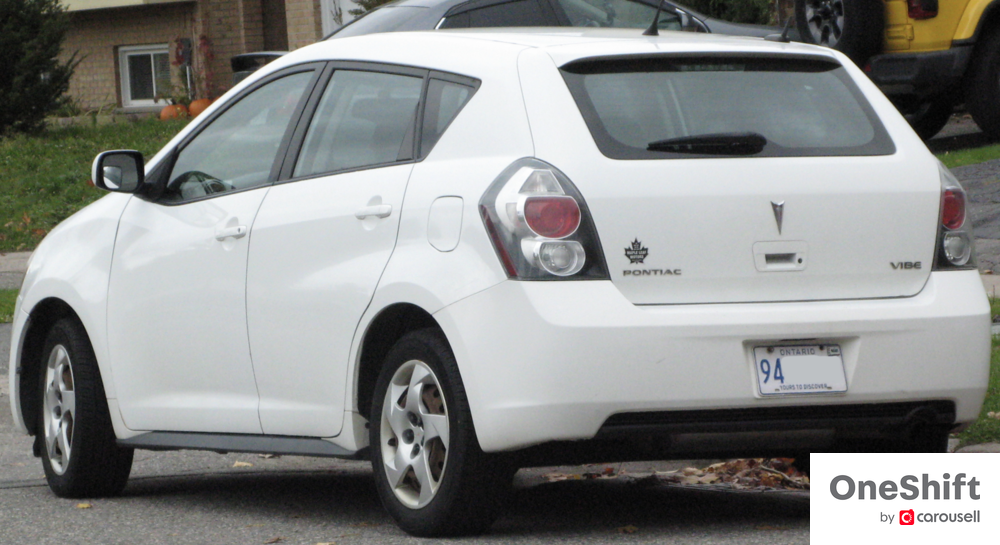
Are we missing out?
Based on the E140-coded Altis from a project jointly developed by General Motors and Toyota, the Pontiac Vibe commenced deliveries to customers in the States in 2008, before ceasing production a year later. The roomy hatchback could fit a standard sized washing machine with rear seats folded. This California-built hauler could have been pretty useful for Tiong Bahru market runs, eh?
How much to spend
We’re looking at an Altis generation that’s well into its 2nd cycle of COE, so we should expect diverse examples on classifieds given its age. You can purchase 1.6-litre, pre-facelift samples (from 2008 to 2010) from S$8,800 depreciation per year, although this only applies to COE cycles renewed for another 10 fresh years. Some pre-facelift Altis whose COEs are renewed for five years (instead of 10) can be had for slightly more - ideal for short term ownership over rental / leasing alternatives. Newer options, referring to facelift models from 2010 onwards, are few and far between. We reckon most would have been scrapped given that COE was on an uphill climb from 2011 to 2013.
What we found
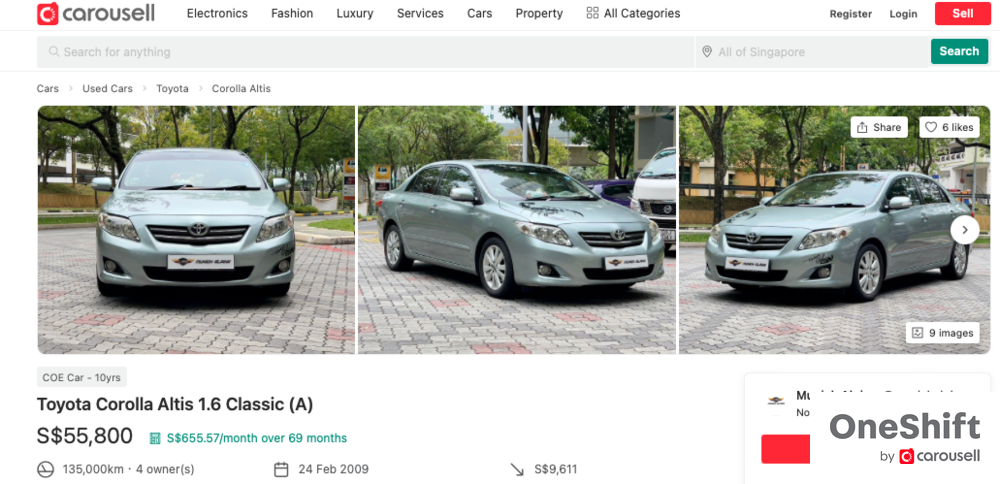
4-owner unit at S$9,600 depreciation per year. 135,000km covered, or 9,600km per year on average over 14 years. That’s barely run in by Toyota’s standards.

Other than unavoidable stretched leather marks on the driver’s seat, this is as mint as it gets for a 15 year old Altis.
---
Selling your car? Whatever the reason, caryousell@carousell, sell your car at the highest price today.


Get the Best Price for your used car
from 500+ dealers in 24 hours

- Convenient and Hassle-Free
- Consumer Protection
Transparent Process
With No Obligation








